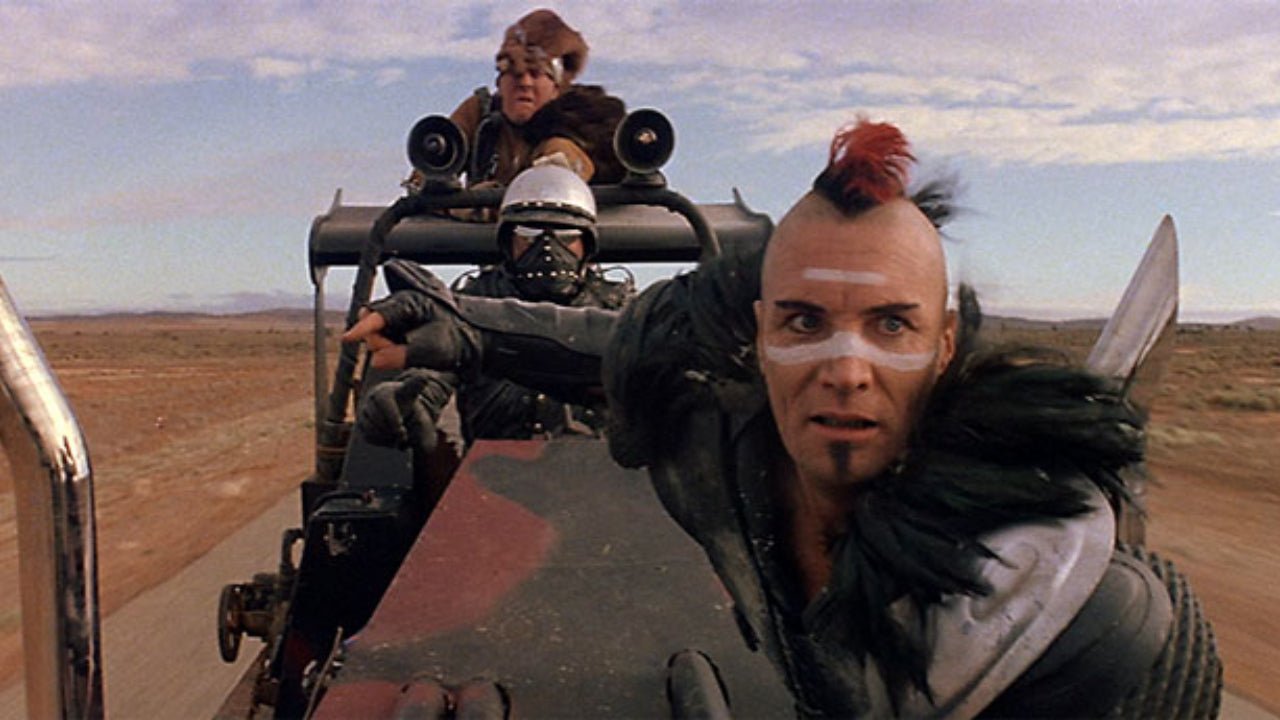The 1970s and 1980s were pivotal decades for the emergence of post-apocalyptic cinema, a subgenre that explored the bleak aftermath of catastrophic events. These films depicted desolate landscapes, societal collapse, and the struggles of survivors, often reflecting the anxieties and concerns of their respective eras. In this essay, we will delve into the world of post-apocalyptic films from the '70s and '80s, examining their themes, influences, and impact on the genre. Additionally, we will highlight the top five movies that epitomize the era's fascination with dystopian futures.
Mad Max (1979)
George Miller's "Mad Max" introduced audiences to a desolate Australian outback where societal order had crumbled, leaving only roving gangs and a lone, vengeance-driven cop named Max. This film marked the birth of the post-apocalyptic action genre, combining high-octane car chases, brutal violence, and a gritty, nihilistic atmosphere. "Mad Max" became an instant cult classic and launched the career of Mel Gibson, who portrayed Max. Its influence is evident in subsequent films that embrace a similar aesthetic, including "The Road Warrior" (1981) and the entire "Mad Max" franchise, which continues to evolve and resonate with audiences today.
A Boy and His Dog (1975)
"A Boy and His Dog," directed by L.Q. Jones, offers a unique take on the post-apocalyptic genre. The film follows Vic, a young man, and his telepathic dog, Blood, as they navigate the harsh wasteland of a nuclear-ravaged world. The movie explores themes of companionship, survival, and the moral ambiguity of a society on the brink of collapse. "A Boy and His Dog" is notable for its dark humor and satirical elements, which set it apart from other post-apocalyptic films of its time.
The Road Warrior (1981)
The sequel to "Mad Max," "The Road Warrior," directed by George Miller, solidified the franchise's reputation and cemented its influence on post-apocalyptic cinema. This film, set in a world devoid of law and order, showcases the iconic character Max once again as he aids a group of survivors in a desperate battle against a gang of marauders. "The Road Warrior" raised the bar for action sequences and vehicular mayhem, inspiring future filmmakers to craft epic, high-energy post-apocalyptic adventures. Its impact can be seen in movies like "Waterworld" (1995) and "The Book of Eli" (2010).
Escape from New York (1981)
John Carpenter's "Escape from New York" envisions a grim future where Manhattan has been transformed into a maximum-security prison. The film follows the anti-hero Snake Plissken, played by Kurt Russell, as he's sent into the lawless city on a mission to rescue the President. Carpenter's dystopian vision of urban decay, moral ambiguity, and anti-authoritarianism set the stage for a new wave of post-apocalyptic cinema. The film's influence can be seen in later works like "The Running Man" (1987) and "Children of Men" (2006), which continue to explore themes of authoritarianism and societal collapse.
The Terminator (1984)
James Cameron's "The Terminator" introduced audiences to a future where machines have become self-aware and humanity is on the brink of extinction. The film blends elements of science fiction, action, and horror to create a compelling narrative that explores the consequences of unchecked technological advancement. "The Terminator" not only launched Cameron's career but also set the stage for the franchise's ongoing exploration of post-apocalyptic futures. Its influence can be seen in countless sci-fi and post-apocalyptic films, including "The Matrix" series (1999-2003) and "I Am Legend" (2007).
The post-apocalyptic films of the 1970s and 1980s stand as a testament to the era's anxieties, reflecting concerns about societal collapse, technological threats, and the fragility of civilization. These films not only entertained audiences with their dystopian visions but also challenged them to confront uncomfortable truths about the human condition. The listed above played a pivotal role in shaping the post-apocalyptic genre. They continue to inspire filmmakers and resonate with audiences, demonstrating the enduring power of these cinematic wastelands to captivate and provoke thought.
Cinematic Wastelands: Post-Apocalyptic Films of the 1970s and 1980s

